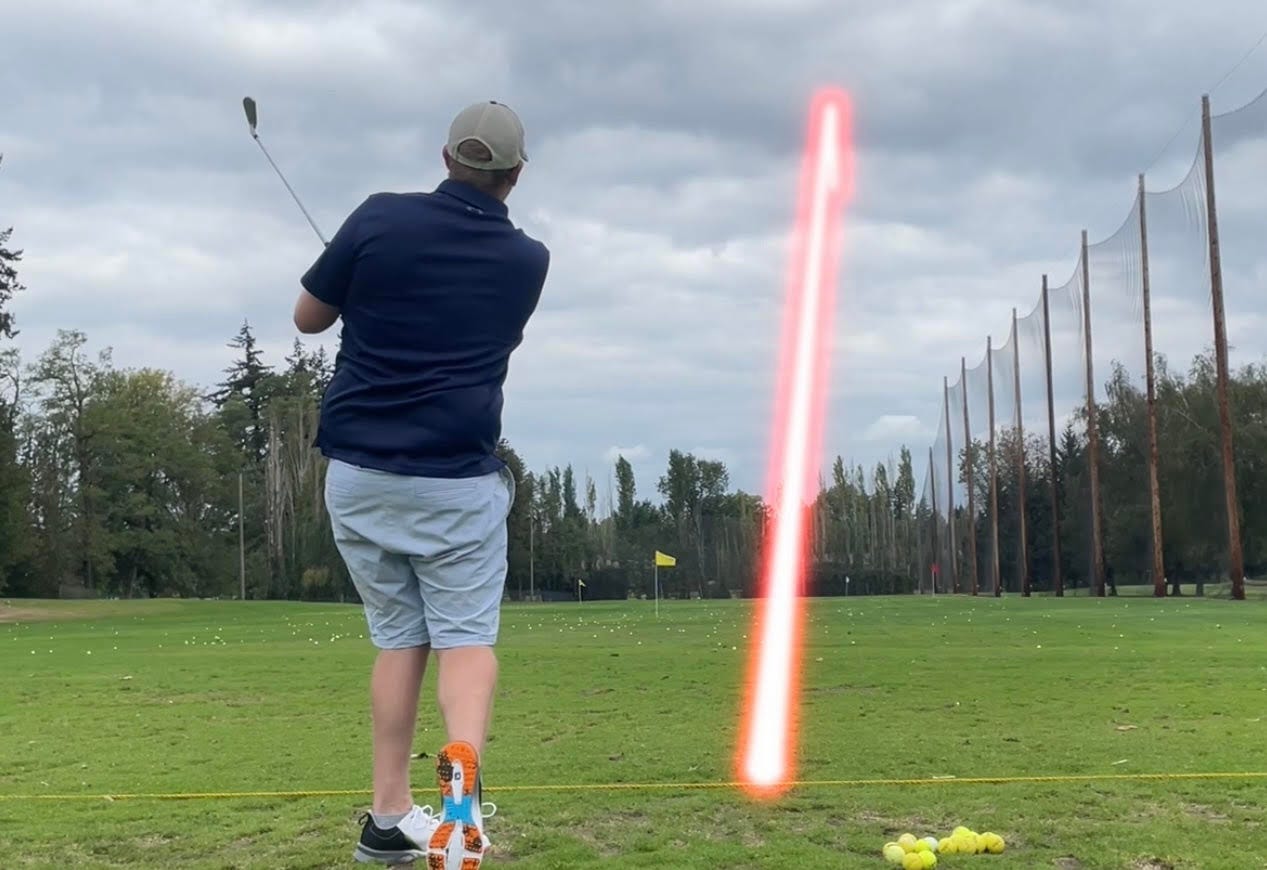Shot tracer fails, flails, and bombs
I’m in a love-hate relationship with a phone app and will use this canvas for my therapy session. It’s not something I’m proud of; I often open said app with an eye toward the folks around me, curious about their reaction. Three weeks have passed since I first tried, and it’s safe to say, despite my trepidations — and need for therapy — I’m not going to stop.
My name is Joel Gunderson, and I’m addicted to Shot Tracer.
If you golf and don’t use or know about Shot Tracer, don’t read further. Or, do. Actually, do…but understand its power and pull before you begin, and enter into the relationship with a plan. If you don’t, you’ll find the beginning of your venture to be a cataclysm of frustrations, extreme lows, unbelievable highs, and very few in-betweens.
Which is the exact opposite of what Shot Tracer should be.
At its core, ST (henceforth known as) is a tool designed to help golfers of all skill levels improve their game. While filming, ST tracks your ball flight, allowing you to view (over and over and over and ov…) how the shot went. I’m using it to track good AND bad swings and the resulting flight path. If a shot slices out of the frame, what caused that reaction?
Before ST, watching your swing on camera felt only half-satisfying; your swing is clear as day, but have you ever tried following a ball? You can’t. Once it’s off the ground, you never see it again. ST removes that folly and gives you the full scope of your shot, from setup to the ball’s final resting location.
(see below, and ignore the back fat, please)
It’s glorious.
It’s also immensely distracting.
***
The downside to ST — the “hate” in love-hate — is that it’s time-consuming. Each shot must be taken in a silo; the app must analyze the swing, save it, and realign for the next shot. It’s a 2-3 minute process, which is acceptable under everyday golf situations. On the range, though, it can be a drag. Add in the ability to delete a shot and try again, and you’re heading into a situation where the focus on your session is easily lost, and the goal becomes to capture only beauty. But that’s not golf, and that’s not the point of ST.
If you choose to venture into ST (and you should, despite the setbacks, and it’s free), go in with a game plan. Keep the bad shots; often, they’ll tell you way more about your game than the pure ones.
Also, make it a game.
Knowing you have a few minutes between shots as your ST recalibrates, play each shot as if you’re playing a specific hole. Pick out a random hole, taking all the factors into play: Length, weather, doglegs, sand, etc. Then play the hole, recording each shot individually. This places you in a pressure situation and makes the time between shots seem more realistic. Instead of standing at your phone waiting for it to reload, think of your next shot.
How did the first shot go? What does your next shot look like, visualizing the hole you’d be playing? Is your next attempt more conducive to a fade? Draw? Three-quarter swing?
ST is incredible, and knowing there are slight inconveniences, take those into the game plan. Also — and this is just me — don’t pull out the ST until you’re mostly through your bucket on the range. Get fully warmed up, and use that time to work on your game. When you’re in the groove, it’s time to use ST for what it is and take advantage of this incredible technology.


